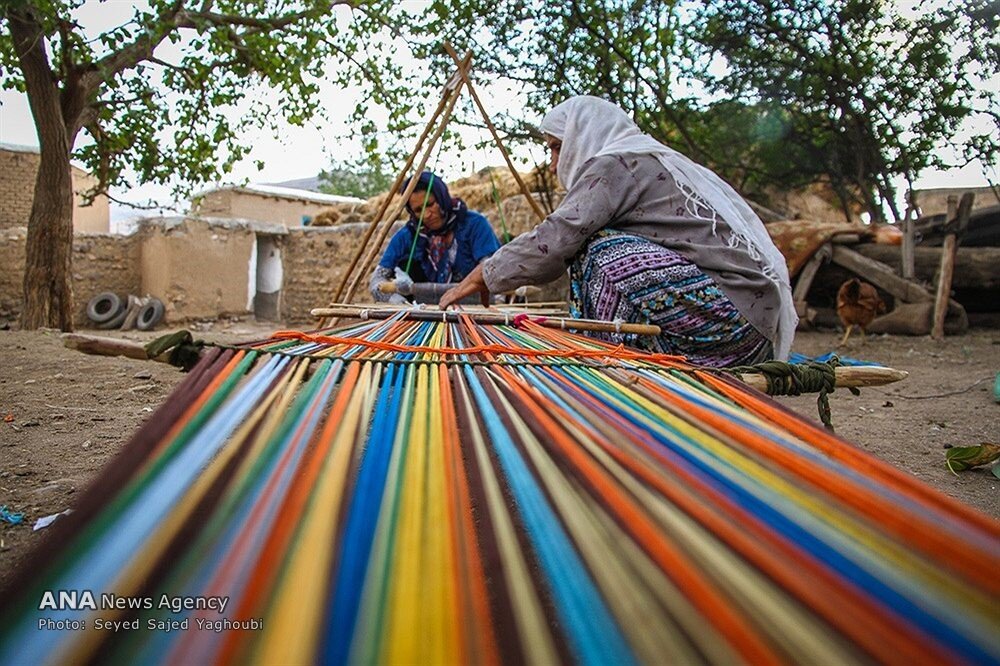Khalkhal nominated for national city of Jajim weaving

TEHRAN – The ancient Iranian town of Khalkhal has been nominated for recognition as the national city of Jajim-weaving, a local official said on Monday.
The [possible] inscription is expected to be a step towards economic revival in Khalkhal and its surrounding villages long been famous for the ancient craft, the official explained.
Jajim is a handwoven product usually with stripes, diamonds, and colorful designs. In past, Jajims have been used as Korsi (a low table with a heater underneath) covers. In addition, they were used to wrap beddings or “Jay-e khab”.
That is why they are also known as “Jay-e Jam-e” which means “bedding wraps” and gradually turned into Jajim.
To weave a piece of Jajim, two or three professional and skillful masters are needed. The first step is to stretch the wraps in an open space. Since spaces linger more than fifteen meters are rarely found in village homes, the Jajim loom is usually set up in public passages like alleys and squares.
When no one is working on the Jajims, the looms and the tripod are stacked up and they have easily stretched again. Then, by using a wooden bar, several wraps are separated. That is when the weaving can be started.
A Jajim has usually ten to fifteen meters long and has a width of fifteen to twenty-five centimeters. After one piece is finished, they are cut and sewed to another one to make a piece of Jajim in the desired size.
Khalkhal is considered one of the important handicraft hubs of Ardabil province in northwest Iran.
AFM
